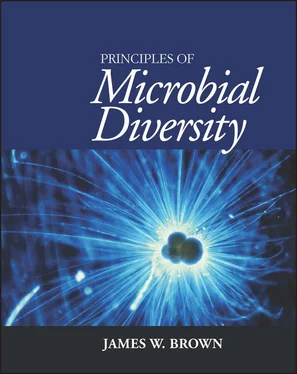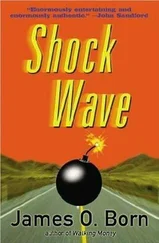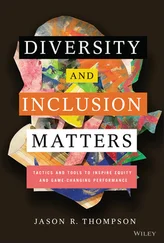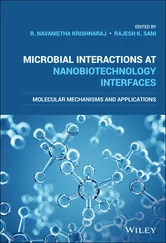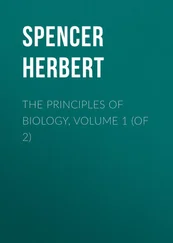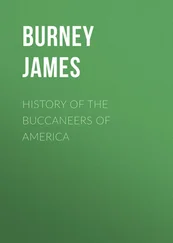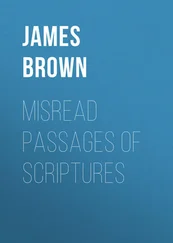1 ...6 7 8 10 11 12 ...21 In addition, all organisms are built of one or more cells, which are bound by a lipoprotein membrane that strictly controls what goes into and what comes out of the cell. This generally defines and separates inside and outside.
Significance of the similarity between organisms
So, all organisms are mostly the same. What does this mean? Primarily, it means that all organisms share a common ancestry. In other words, all known organisms can trace their history back to a single origin of life. This might not have been the case; other lineages, if they ever existed, seem to be extinct (or perhaps undiscovered or unrecognized?).
The fact that all organisms are very much alike also means that the last common ancestor of all known living things was a complex organism or population of organisms. Most of biochemical evolution predates the last common ancestor. The last common ancestor had all of the biochemistry that is now universal, which means nearly everything. Biochemical evolution occurred very early in the emergence of life. The diversity in extant life (known modern life) is in peripheral biochemistry—just the details!
1 1. What, exactly, does “diversity” mean to you?
2 2. How are organisms different from one another, and how would you measure objectively (or judge subjectively) how different two or more organisms are? Can you name two animals that are about as different from one another as, say, Escherichia coli and Proteus vulgaris?
3 3. If you had isolated a new microbe, what properties would you examine to determine what kind of organism it is? Would this tell you what it is related to evolutionarily?
4 4. What metabolic pathways can you think of that are unique to specific groups of organisms?
2
Context and Historical Baggage
If, as described in chapter 1, evolutionary diversity underlies the various aspects of “diversity,” it is important to review what we mean by evolutionary diversity. This is especially so because even some biologists have a relatively poor understanding of modern evolutionary theory and it is important to at least dig up and expose outdated but widely held notions about how organisms are related.
The evolution of evolutionary thought
The chain of being
Well before people discovered that species changed over time, both living and nonliving things were organized (in Western culture, including Aristotle) into the “chain of being” (Fig. 2.1).
All species and substances were placed onto individual slices of a vertical scale, ascending from “inferior” to “superior.” Much thought and energy were put into deciding exactly how to order the major categories of materials, living things, species, races, social classes, and even individuals onto this linear arrangement. (It will come as no surprise to the cynical that the ethnic group placed at the top of the human region of the chain generally matched that of whoever was organizing the chain.) This was an impossible task, with lots of problematic and contradictory issues. In retrospect, it is obvious that the reason for this was that there is no linear relationship between things in nature.
As an aside, this linear arrangement of substances survives, in general form, in the periodic table, in which the elements are arranged in order of increasing
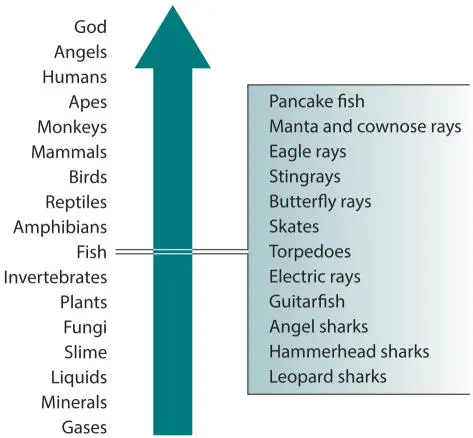
Figure 2.1The “chain of being,” with some representative organisms shown. To the right is a closer view of one thin slice of this “chain.” doi:10.1128/9781555818517.ch2.f2.1
atomic number. The chain is broken into segments, and the segments are stacked in such a way that elements with similar properties form columns. The reason this works is because elements are structured in a linear series based on atomic number.
The earliest forms of evolutionary thought had each species (up to but not including humans) moving up the “evolutionary ladder,” a climbable form of the chain of being. Evolution, in this view, was linear and progressive; species evolved from one rung to the next as an effect of a progressive force (Fig. 2.2).
Although the notion of an evolutionary ladder is pre-Darwinian and hopelessly incorrect, we are discussing it here because this scheme is firmly embedded in modern biological unconscious thought. You even hear the term “evolutionary ladder” used fairly often by research scientists who actually know better (at least, one hopes they do). The terms “higher” and “lower” eukaryotes, and “missing link,” which are in common use, are relics of this view.
By the time of Charles Darwin, it was clear that the evolutionary ladder was not a reasonable view of evolution. Darwin describes a much better view, which has proven to be essentially correct, in which species originate by divergence, as shown in Fig. 2.3 (this diagram is the only illustration in On the Origin of Species ).
It turns out that species actually evolve by diversification, not by progression. Eukaryotes did not evolve from bacteria, animals did not evolve from ciliates, plants did not evolve from fungi, and humans did not evolve from chimpanzees. Each of these pairs of modern organisms shares a common ancestor, from which each diverged. This is a fundamental aspect of evolution that is poorly understood even by many biologists.
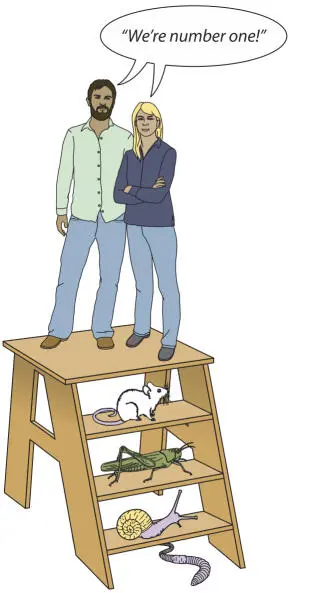
Figure 2.2The “evolutionary ladder,” an evolutionary transformation of the chain of being. (Redrawn from Prothero DR, Buell CD, Evolution: What the Fossils Say and Why It Matters . Copyright 2007 Columbia University Press. Reprinted with permission of the publisher.) doi:10.1128/9781555818517.ch2.f2.2
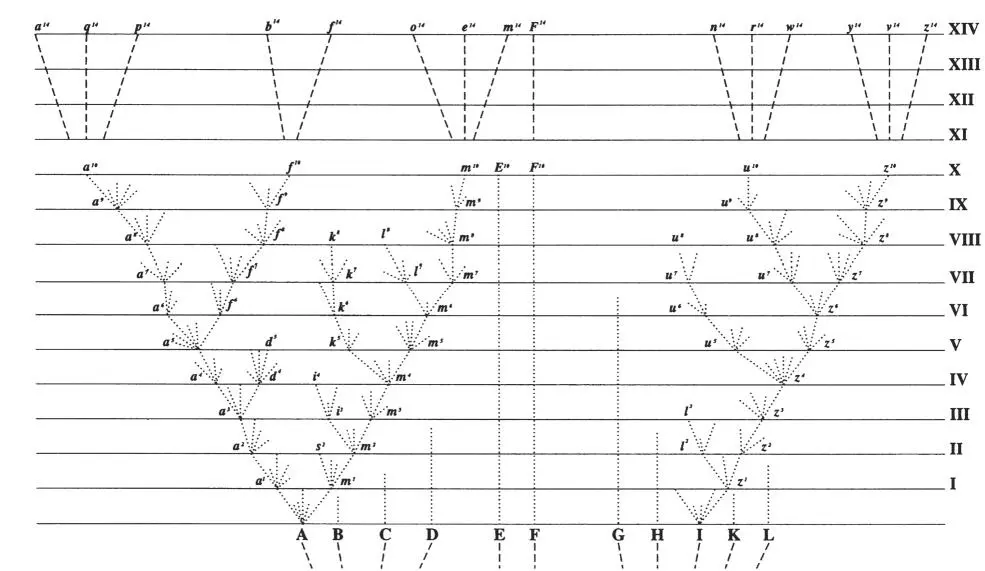
Figure 2.3Evolution by diversification. In this diagram, species A and I at the beginning (bottom) split many times and diverge constantly. Most of these divergences do not go anywhere (they become extinct), but some do make it, at least for a while, resulting in this case in species A splitting into three separate surviving species and species I splitting into two surviving species at time X. Species A and I no longer exist at time X. Note that most of the original species (B through H, K, and L) are in stasis, remaining unchanged through the span of time shown here (or at least the part of it during which they survive). (Reprinted from Charles Darwin, On the Origin of Species . John Murray, London, 1859.) doi:10.1128/9781555818517.ch2.f2.3
One of the best developed of the early divergent evolutionary trees was that of Ernst Haeckel. In this tree, there are three major, equivalent divisions of life—plants, animals, and protists (Fig. 2.4). This tree is a huge improvement over the evolutionary ladder. It is a tree, species are not ranked, and modern species are not considered to be the ancestors of other modern organisms. Plants and animals are not thought of as having evolved from modern prokaryotes (monerans) but are separate groups.
The Whittaker five-kingdom tree being taught in various forms in most classrooms today is a refinement of this tree (Fig. 2.5). In some ways, however, this five-kingdom tree is actually a step backward toward the evolutionary ladder. In most versions of this scheme (such as the original tree by Whittaker, above), eukaryotes are shown to be descended from within the bacteria (not true), and in many representations eukaryotic algae are shown as descendants of cyanobacteria (not true), fungi are shown as descendants of filamentous gram-positive bacteria (not true), and protists are shown as descendants of wall-less gram-positive bacteria (also not true). Also notice the implied vertical axis: either superiority (sometimes expressed as “complexity”) or time (usually labeled “time of origin”). But if this axis is complexity, what exactly is being measured? Eukaryotes are sometimes morphologically complex, but what about parasites that have simplified; why are these organisms not drawn as downward-pointing arrows? What about metabolic complexity, which would place animals close to the bottom? Is morphological complexity the only factor being considered? Why? If the vertical axis is time of origin, why are the recent emergences of bacterial families, genera, and species not considered? The genus Escherichia emerged about 100 million years ago, about the same time as the primates; why is Escherichia (along with all other bacteria), a modern organism, shown as a relic of the past?
Читать дальше
